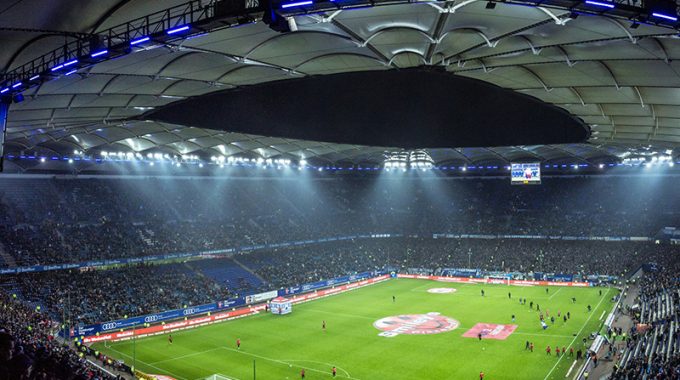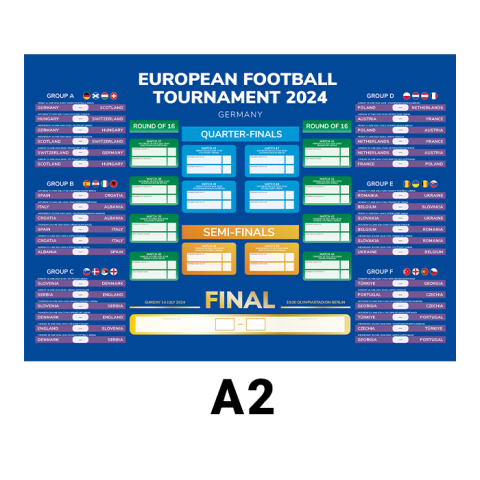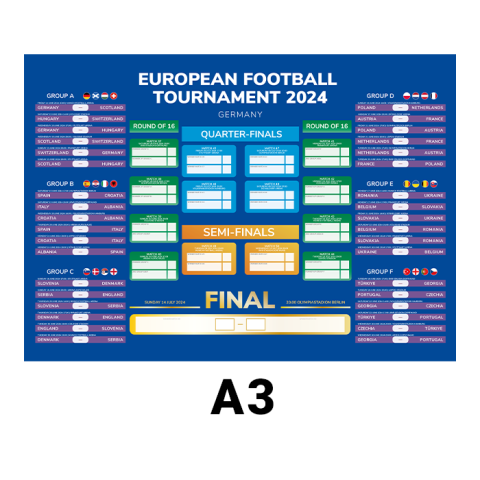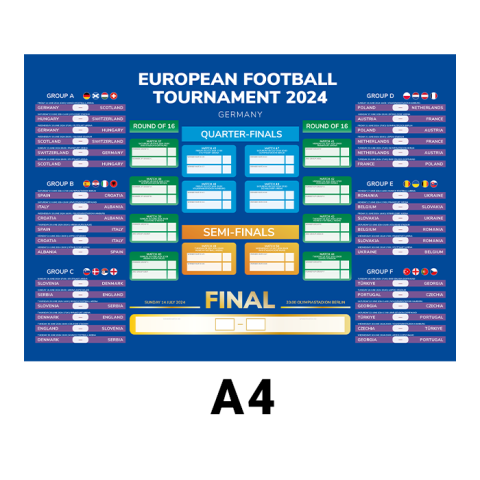
What stadiums are being used during Euro 2024 in Germany?
Euro 2024 is approaching quickly, and if you’re anything like me, excitement will be kicking in, and you’ll already have researched the vital information about the tournament. This article provides some interesting facts about the 10 stadiums that will be used to host fixtures during the Euro 2024 tournament. The source of the information – ChatGPT! Thank goodness for the power of AI!
Olympiastadion Berlin
Volksparkstadion (Hamburg)
The Volksparkstadion is a football stadium located in Hamburg, Germany. Here are some key facts about the Volksparkstadion:
- Name: The stadium is officially known as Volksparkstadion due to its location in the Volkspark (people’s park) area of Hamburg.
- Location: Volksparkstadion is situated in the Bahrenfeld district of Hamburg, Germany.
- Capacity: The stadium has a seating capacity of approximately 57,000 spectators for football matches. The capacity can be adjusted for various events.
- Tenants: Hamburger SV, one of the most successful and historic football clubs in Germany, uses Volksparkstadion as its home ground for Bundesliga matches.
- History: The stadium was originally opened in 1953, but it has undergone significant renovations and modernizations over the years. The most recent major reconstruction was completed in 2000.
- Design: The stadium features a unique design, and its most distinctive feature is the roof, which covers all seats and provides shelter to spectators.
- Events: In addition to hosting football matches, Volksparkstadion has been a venue for various events, including concerts, cultural performances, and international sports competitions.
- UEFA Competitions: The stadium has hosted matches in UEFA competitions, including the UEFA European Championship and the UEFA Cup.
- Name Changes: The stadium has undergone name changes due to sponsorship reasons. It was previously known as Imtech Arena and AOL Arena.
- Accessibility: Volksparkstadion is easily accessible by public transportation, including bus and train services.
Red Bull Arena (Leipzig Stadium)
The city of Leipzig, Germany, is home to the Red Bull Arena, which serves as the home stadium for RB Leipzig, a football club competing in the Bundesliga. Here are some key facts about the Leipzig Stadium (Red Bull Arena):
- Name: The stadium is officially known as Red Bull Arena due to sponsorship reasons. It was previously named Zentralstadion.
- Location: Red Bull Arena is located in the city of Leipzig, Saxony, Germany.
- Capacity: The stadium has a seating capacity of approximately 42,959 spectators for football matches. The capacity can be expanded for certain events.
- Tenants: RB Leipzig, the football club owned by Red Bull, uses Red Bull Arena as its home ground for Bundesliga matches and other competitions.
- History: The stadium has a history dating back to its initial construction in 1956. It underwent extensive renovations and modernization before being officially reopened in 2004.
- Design: Red Bull Arena features modern architecture and amenities, including VIP boxes and facilities for both players and spectators.
- Events: Besides football matches, the stadium hosts various events, including concerts, cultural performances, and international sports competitions.
- European Competitions: Red Bull Arena has been a venue for UEFA Champions League and UEFA Europa League matches, showcasing top-tier European football.
- Accessibility: The stadium is easily accessible by public transportation, including tram and bus services.
- Sponsorship: The naming rights for the stadium were acquired by Red Bull, and it is officially known as Red Bull Arena.
Allianz Arena (Munich)
Munich is home to the Allianz Arena, a notable football stadium. Here are some key facts about the Allianz Arena:
- Name: Allianz Arena is the official name of the stadium. It is also commonly known as Fußball Arena München.
- Location: The stadium is located in the Fröttmaning district of Munich, Germany.
- Capacity: The Allianz Arena has a seating capacity of approximately 75,024 spectators for football matches. The capacity can be adjusted for various events.
- Tenants: FC Bayern Munich and TSV 1860 Munich, two prominent football clubs, used the Allianz Arena as their home ground. However, as of my last knowledge update, TSV 1860 Munich primarily played its matches elsewhere.
- History: The stadium was officially opened in 2005 and was one of the venues for the 2006 FIFA World Cup hosted by Germany.
- Design: Allianz Arena is known for its unique exterior composed of inflated ETFE plastic panels that can be illuminated to display different colors. The color changes based on the teams playing and other events.
- Events: In addition to football matches, the Allianz Arena has hosted various events, including concerts, corporate functions, and international sports competitions.
- UEFA Competitions: The stadium has been a venue for UEFA Champions League and UEFA Europa League matches.
- Sponsorship: The naming rights for the stadium were acquired by Allianz, a multinational financial services company, and it is officially known as Allianz Arena.
- Accessibility: The stadium is well-connected to public transportation, including the Munich U-Bahn, making it easily accessible for fans attending events.
MHPArena (Stuttgart)
The home stadium of VfB Stuttgart, a football club in the Bundesliga, is the MHPArena. Here are some key facts about the stadium:
- Name: Previously named after the German automotive company Mercedes-Benz. It was also previously known as the Gottlieb-Daimler-Stadion.
- Location: The stadium is located in Stuttgart, Baden-Württemberg, Germany.
- Capacity: MHPArena has a seating capacity of approximately 60,441 spectators for football matches. The capacity can be adjusted for various events.
- Tenants: VfB Stuttgart, one of the most successful football clubs in Germany, uses the MHPArena as its home ground for Bundesliga matches.
- History: The stadium was officially opened in 1933, and it has undergone several renovations and reconstructions over the years. The most recent major renovation was completed in 2011.
- Design: The stadium features a modern design with distinctive roof structures and seating arrangements. It provides a comfortable and engaging experience for spectators.
- Events: In addition to hosting football matches, the MHPArena hosts various events, including concerts, cultural performances, and international sports competitions.
- UEFA Competitions: The stadium has been a venue for UEFA Champions League and UEFA Europa League matches.
- Accessibility: The stadium is well-connected to public transportation, making it easily accessible for fans attending events.



![European Football Tournament 2024 Fixtures Wallchart – PDF [DIGITAL DOWNLOAD]](https://football-wallcharts.co.uk/wp-content/uploads/2024/05/Football-Wallcharts-Etsy-Wallchart-PDF-700x700-1-480x480.png)
![European Football Tournament 2024 Wallchart – Adobe Illustrator AI Vector Design File [DIGITAL DOWNLOAD]](https://football-wallcharts.co.uk/wp-content/uploads/2024/05/Football-Wallcharts-Etsy-Wallchart-Adobe-Vector-700x700-1-480x480.png)
This Post Has 0 Comments